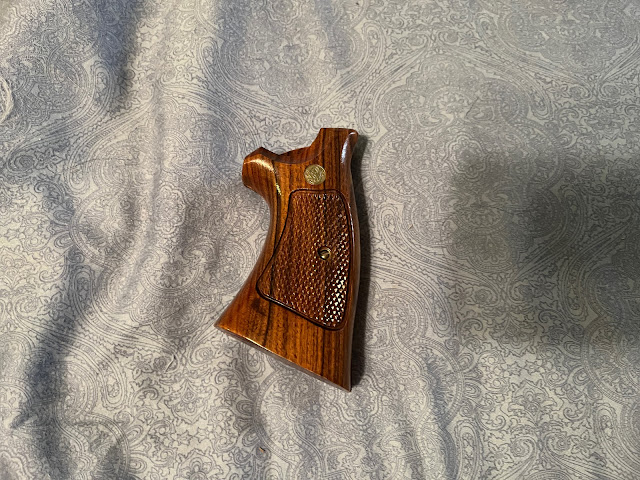This Week in Firearms History:
February 26: In 1846 Buffalo Bill Cody is born
February 27: In 1917 John Browning demonstrates two machine guns in Washington D.C., they became the M1917 and M1918; in 2015 H&R ceases production after 144 years
February 28: In 1997 The Bank of America Shootout in North Hollywood takes place, in 2011, the last veteran of WWI, Frank Buckles, dies at the age of 110
March 1: National Horse Protection Day; in 1932 Charles Lindberg's baby is kidnapped
March 2: In 1796 Napoleon Boneparte is appointed Commander in Chief of the French Army in Italy; in 1836 The Republic of Texas declares independence from Mexico; in 1951 Gary Kleck is born
March 3: National Anthem Day; in 1634 the first tavern in Boston opens; in 1815 The United States declares war on Algiers for taking American prisoners and demanding tribute; in 1837 U.S. Congress and President Jackson recognize the Republic of Texas.
March 4: Hug a GI Day; in 1801 Thomas Jefferson is the 1st President inaugurated in Washington D.C.; in 1861 Abraham Lincoln is inaugurated as the 16th President and the first Republican, in 1892 Crescent Firearms is incorporated in Norwich, CT; in 1918 the first recorded case of the Spanish Flu recorded at Funston Army Camp in Kansas.
Gun of the Week: Ruger No. 1 Rifle
The Ruger No.1 Rife is not, as the name may imply, the 1st rifle produced by Ruger, that honor belongs to the .44 Carbine.
The No. 1 rifle is a single shot, falling block design, mostly a copy of the Farquharson rifle.
The No.1 has been chambered in over 60 calibers from .22 Hornet to .458 Winchester Magnum. It was introduced in 1966 and is still produced today. See more here
Cartridge of the Week: 50 Action Express
The .50 AE was developed by Action Arms in 1988. Although it was first chambered in the AMT Automag V it is most associated with the Magnum Research Desert Eagle.
The 50 AE or 50 Magnum as Magnum Research call it, is a true 50 caliber round. The bullet diameter is .500, which is the limit set by the BATF for civilian cartridges.
The bullets can range in weight from 300 grains to 410 grains, the limit being the overall length, too long and it will not feed or fit the magazine.
Gun Quote of the Week:
"One bleeding-heart type asked me in a recent interview if I did not agree that 'violence begets violence.' I told him that it is my earnest endeavor to see that it does. I would like very much to ensure — and in some cases I have — that any man who offers violence to his fellow citizen begets a whole lot more in return than he can enjoy." - Jeff Cooper
Bubba Gun of the Week:
This gun was submitted ahead of the judging for the 4 semi-biannual Golden Poop Awards for Gunsmithing by Jim Bob "Goldey" Squilish of Tabacco Gap, Kentucky
Gun Sticker of the Week:
gun control isn't about guns, it is about control, buy them here
Gun T-shirt of the Week:
This week's t-shirt is from We The People Holsters





























































